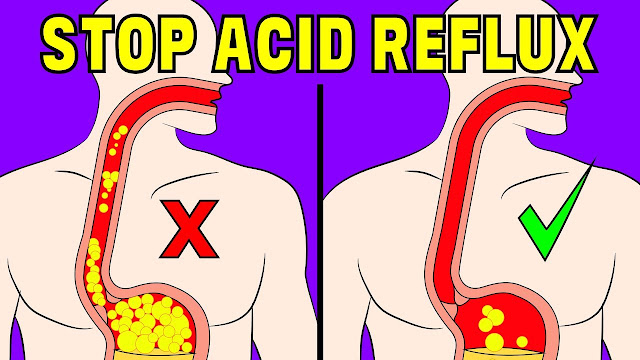DIY Pet Grooming Tips for a Happy and Healthy Pet.
Brushing:
Regular brushing is crucial for pets with longer hair or thick coats. It helps remove loose fur, prevents matting, and distributes natural oils for a healthy coat. Use a brush or comb suitable for your pet's fur type, and gently brush in the direction of hair growth. Make it a positive experience by offering treats and praise to your pet during brushing sessions.
Bathing:
Bathe your pet regularly using a mild pet shampoo specifically formulated for their species and skin type. Avoid using human shampoos as they can be too harsh and cause skin irritation. Before bathing, brush your pet to remove any tangles or mats. Use lukewarm water and rinse thoroughly to remove all traces of shampoo, as leftover residue can cause skin problems.
Nail Trimming
Keeping your pet's nails trimmed is essential for their comfort and health. Overgrown nails can cause pain and difficulty walking. Use pet-specific nail clippers and trim the nails carefully, avoiding the quick (the pink part of the nail containing blood vessels and nerves). If you're unsure, consult your veterinarian or a professional groomer for guidance.
Ear Care
Check your pet's ears regularly for signs of infection, such as redness, swelling, or unusual odor. Use a damp cotton ball to gently clean the outer ear area, being careful not to insert anything into the ear canal. If you notice any abnormalities or excessive wax buildup, consult your veterinarian for further examination.
Dental Hygiene
Just like humans, pets need regular dental care to prevent dental disease and bad breath. Brush your pet's teeth with a pet-safe toothbrush and toothpaste, or use dental wipes or dental chews designed to promote oral health. Additionally, providing chew toys and dental treats can help reduce plaque and tartar buildup.
Trimming:
Trimming excess fur around your pet's eyes, paws, and sanitary areas can help prevent discomfort and hygiene issues. Use pet grooming scissors or clippers with caution, ensuring not to cut too close to the skin. If you're unsure about trimming certain areas, seek advice from a professional groomer or veterinarian.
Conclusion
DIY pet grooming is not only a cost-effective option but also strengthens the bond between you and your furry companion. By following these grooming tips regularly, you can help keep your pet happy, healthy, and looking their best. However, if you encounter any grooming challenges or notice any unusual symptoms, don't hesitate to seek advice from a professional groomer or veterinarian. With proper care and attention, your pet will thrive and enjoy a lifetime of health and happiness.




%20(1).jpg)

%20(6).jpg)
%20(19).jpg)